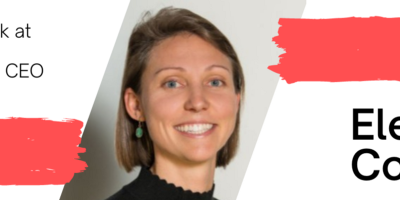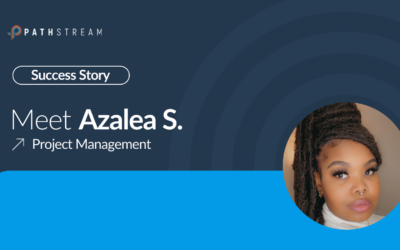You updated your resume, polished your cover letter, made it through the waiting period, and now you’ve been selected for an interview. Congratulations! Now is the time to really make yourself stand out in a conversation that’s all about you, your skills, and your experiences. Here are some best practices to help you ace your job interview and a few mistakes to avoid.
DO include examples in the answers to your interviewer’s questions. For example, if your interviewer asks you to talk about your strengths, you should dive deeper than simply rattling off two or three desirable qualities and ending your answer. Instead, follow the S.T.A.R. method (Situation, Task, Action, Result) to add some structure to your answer. In the situation above, when asked about your strengths, you should first think about what desirable qualities you would list (maybe you’ve got great time management skills for example). Then share a story that will illustrate those skills. This is going to contextualize your experience to your interviewer and help them see why you’re a great fit for their organization.
DO come prepared with questions to ask your interviewer at the end of the interview. These can be about company culture, your interviewer’s journey into their role, or anything else you’re interested in learning more about. This technique is so important because not only will you learn more about the organization from the perspective of an actual employee, but doing this will also indicate to your interviewer that you are taking the prospect of work at this organization seriously, and you’re enthusiastic about moving forward with them.
DON’T be aggressive in your communication style with an interviewer or hiring manager. The Great Resignation marked a shifting point in the relationship between interviewees and organizations. It has become a candidate’s market, and companies are now competing at an unprecedented rate for candidate attention. Despite this shift in power, it’s important to not abuse it by being aggressive, accusatory, or disrespectful to your interviewer or hiring manager. If you’re in contact with multiple people regarding the job (hiring manager, multiple interviewers, HR, recruiter, etc.) it’s best to treat everyone with respect and politeness, because anyone you’ve spoken with could be asked about whether they think you’re a good fit.
DO write a thank you note. Some young professionals might see thank you notes as a little out of vogue, but this couldn’t be further from reality. In fact, this follow-up is a great tool to help you make an impression on the interviewer. One of Pathstream’s Career Coaches, Sammyra, loves getting thank you notes, saying that “while it is a candidate’s market I think that it’s a really good idea for candidates to do those things that might seem a little old school like writing thank you notes.” Sammyra even suggests that if you’ve got an eye for design, create a thank you note in Canva or Adobe Spark to really wow a hiring manager.
DO ensure you’re familiar with the video software before an interview. These days, a large portion of “desk job” interviews are conducted over video. While this can be extremely convenient for many reasons including your availability, office proximity, etc, it can also introduce a lot of variables to the interview process. Before your interview make sure you have a clear understanding of which app the interview will take place over, whether you’ll need a passcode to access the meeting, and whether your mic is working correctly. It’s also a good idea to set up your computer so that you’ll be in a well-lit area in front of a background that is not distracting or messy. That way, your interviewer will be able to focus on you.
DON’T be long-winded. Read the social feedback your interviewer is giving you and try to be concise in your answers. Remember that when you interview, you’re just telling your story – and good storytelling has a clear structure. Your interviewer wants to get the whole picture of what you would bring to their organization, so make it easy for them to understand the point you’re illustrating, without it being bogged down by rambling or too much detail.
Interviewing doesn’t have to be scary or overwhelming. Take a breath and remember that there is a reason your interviewer chose to speak to you, all you have to do is show them what you can do in the best way possible. You’ve gotten this far, so make the next step count.
Latest News
Connecting learners with digital skills: Pathstream’s new partnership with Coursera
In the next few years, millions of jobs* will require knowledge of Salesforce. At Pathstream, we have partnered with...
A look back at 2020 with Pathstream CEO, Eleanor Cooper
2020 changed the way people around the world live and work. For Pathstream, there has been much to celebrate and...
Was this helpful?
Thanks! What made it helpful?
How could we improve this post?








